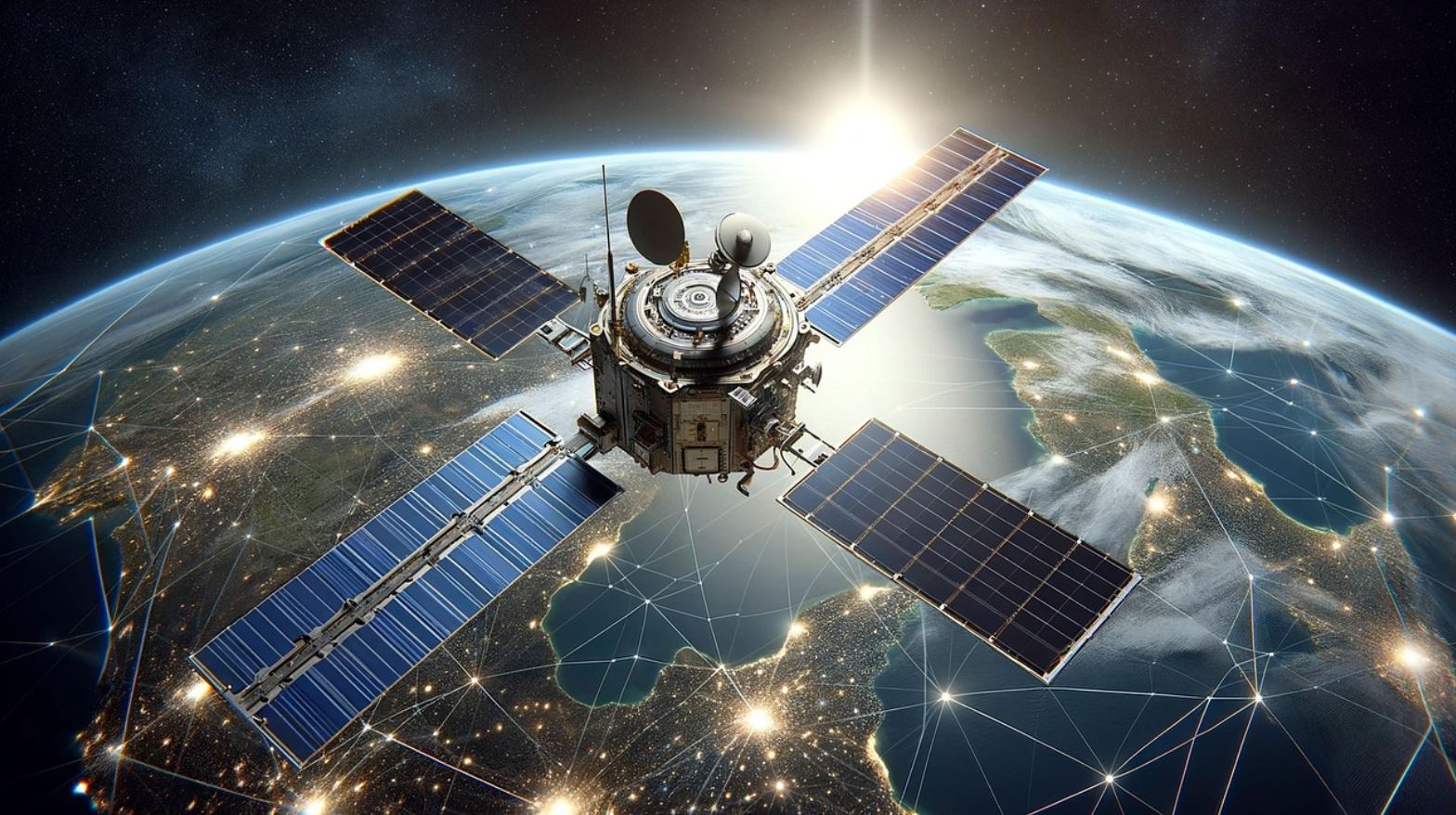 China is taking a bold step in space technology with its new AI-driven satellite network. In a coordinated effort, ADA Space, Zhijiang Laboratory, and Neijang High-Tech Zone have launched the first 12 satellites of what promises to be a 2,800-satellite constellation. This setup, known as the ‘Star Compute’ programme, introduces a distinctive ‘Three-Body Computing Constellation’ model.
China is taking a bold step in space technology with its new AI-driven satellite network. In a coordinated effort, ADA Space, Zhijiang Laboratory, and Neijang High-Tech Zone have launched the first 12 satellites of what promises to be a 2,800-satellite constellation. This setup, known as the ‘Star Compute’ programme, introduces a distinctive ‘Three-Body Computing Constellation’ model.
Each satellite is built to handle data on its own, eliminating the usual dependency on Earth-based stations. Packed with an 8-billion parameter AI model, every unit can process up to 744 tera operations per second (TOPS). When working as a team, the satellites achieve around 5 peta operations per second (POPS) – far exceeding what many modern PCs offer. The goal is to eventually reach 1,000 POPS, marking a significant boost for space-based supercomputing.
Bridging the gap between space and ground, the satellites communicate with laser links that hit speeds of up to 100Gbps and share a combined storage capacity of 30 terabytes. The recent launch wasn’t just about computing power; it also carried an X-ray polarisation detector designed to capture brief cosmic events like gamma-ray bursts. Moreover, these satellites can produce detailed 3D digital twin data, which could serve various fields from emergency response to gaming and tourism.
One of the standout advantages here is addressing the typical challenges of satellite data transmission. Traditional methods have seen less than 10% of data making it back to Earth due to bandwidth issues and limited ground stations. Harvard University’s Jonathan McDowell points out that orbital data centres could use solar power and the natural vacuum of space to cool themselves, thereby cutting down energy consumption and the carbon footprint. It’s easy to see why similar initiatives might soon emerge in the US and Europe.








